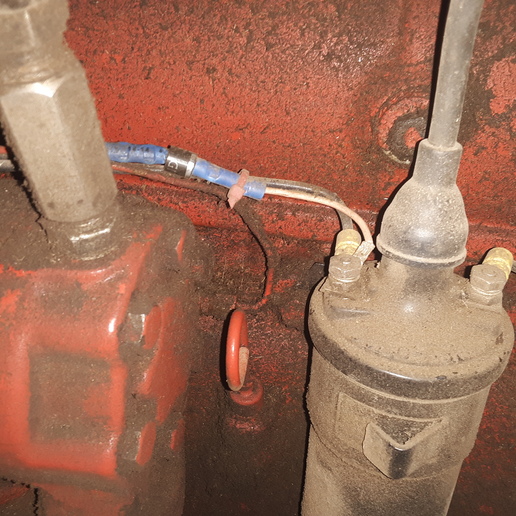Geo-TH,In
Well-known Member
Why mess around with a ballast resistor when you convert from 6v
to 12v and buy a new 12v new coil from Amazon for $18.95?
New Ignition Coil With Internal Resistor 3 OHM 12V
12 Volt Universal 35K Voltage Output Spark Coil Plug.
The cost of a 6v coil and a 1.5 ohm ballast resistor costs
more..about $27.
I don't have issues with the ballast or 6 v coil on my Jubilee.
I want to have parts for my son after I'm gone.
Does anyone think the 12v coil won't work?
3 ohms 12v = 4 amps which is what I shoot for using a 6v coil
and ballast resistor.
Why mess around with a ballast? KISS, Keep it simple!
The last S in KISS is disrespectful so I'm leaving it out.
to 12v and buy a new 12v new coil from Amazon for $18.95?
New Ignition Coil With Internal Resistor 3 OHM 12V
12 Volt Universal 35K Voltage Output Spark Coil Plug.
The cost of a 6v coil and a 1.5 ohm ballast resistor costs
more..about $27.
I don't have issues with the ballast or 6 v coil on my Jubilee.
I want to have parts for my son after I'm gone.
Does anyone think the 12v coil won't work?
3 ohms 12v = 4 amps which is what I shoot for using a 6v coil
and ballast resistor.
Why mess around with a ballast? KISS, Keep it simple!
The last S in KISS is disrespectful so I'm leaving it out.


